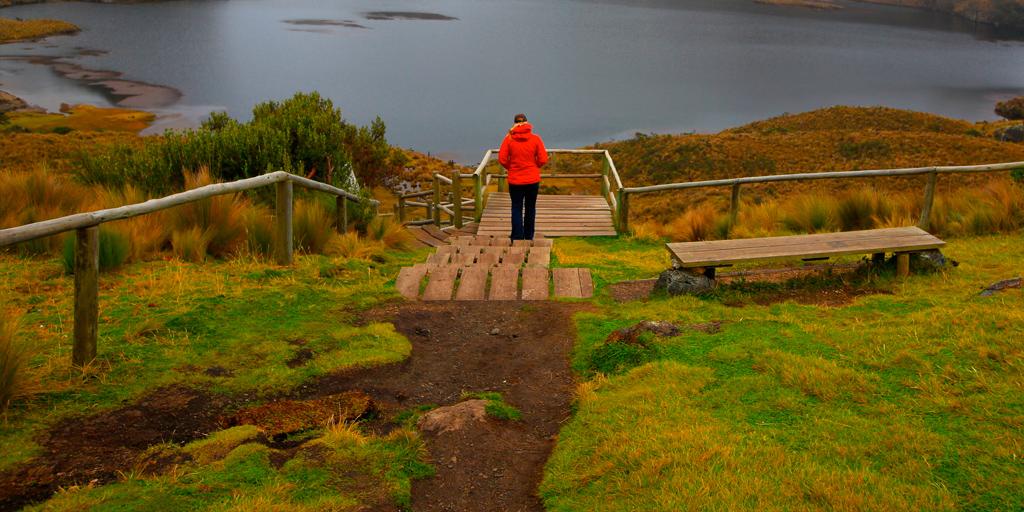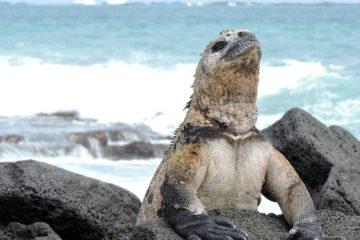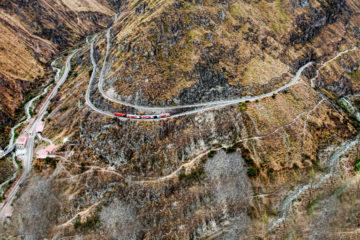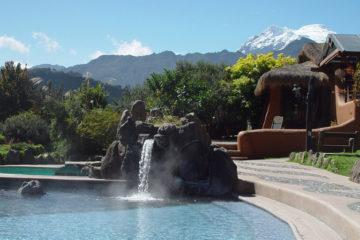El Cajas National Park Hiking Tour | Full Day Tour
Discover the beauty of El Cajas National Park on a full-day hiking tour, just 40 minutes from Cuenca. Explore the stunning Andes Mountains, enjoy serene trails, and immerse yourself in the park’s majestic landscapes, guided by a bilingual professional. This relaxing adventure promises unforgettable views and a peaceful escape.
HIGHLIGHTS:
- Only 40 minutes from the beautiful Cuenca city.
- Take a relaxing walk in the Andes Mountains.
- Delight your senses with the majestic “El Cajas” National Parks.
Important Data
| SAHARE DEPARTURE | Ask dates. |
| PRIVATE DEPARTURE | Every day. |
| DEPARTURE LOCATION | Your Hotel in Cuenca. |
| RETURN LOCATION | Your Hotel in Cuenca. |
| DEPARTURE TIME | 09:00 |
| DURATION | 7 – 8 Hours Approximately |
| WEAR | Comfortable clothing, hiking shoes, hat, jacket and sunscreen, camera |
| INCLUDED | Lunch. Bilingual Professional Guide. Hotels pickup on private tours. Transportation. |
| NOT INCLUDED | Entrance fees. Personal expenses. Tips & Gratuities (optional) |
“El Cajas” National Park
The name “Cajas” is derived from the Quichua word “cassa” meaning “gateway to the snowy mountains”. or “caxa” (Quichua:cold).It has also been linked to the Spanish word “cajas” (boxes)
The highest point is the 4,450 m high Cerro Arquitectos (Architect’s Hill). About 270 lakes and lagoons can be found in the páramo of Cajas. Luspa is the largest of these lake and extends over 78 hectars with a maximum depth of 68 m at a perimeter of 5,161 m. Like the other lakes it is of glacial origin and glaciation shaped the landscape of Cajas leaving U-shaped valleys and ravines.
El Cajas National Park provides about 60% of the drinking water for the Cuenca area. Two of the four rivers of Cuenca originate from Cajas, the Tomebamba and Yanuncay rivers which eventually drain into the Amazon river. Also the Paute river links to the Amazon. As the park straddles the continental divide, its western drainage, the Balao and Cañar link to the Pacific ocean. The modern road crosses the continental divide at the pass “Tres Cruces” (4,167 m). This section is the most western part of the continental divide of South Americas.
The climate shows an average temperature of 13.2 °C and an average annual precipitation of 1,072 mm. Clouds typically drift up from the Pacific coast and from the Paute river basin (near Cuenca) and bring humidity.
Humidity, low temperature, and high altitude with low atmospheric pressure create an ecosystem that accumulates organic material in the soil that is able to retain water. The high grassland ecosystem (páramo) contains plants suitably adapted to it, 19 of them endemic to Cajas. The dominant plant is straw grass (Calamagrostis intermedia).
Above 3,300 meters the quinua (Polylepis) or “paper tree” forest can be found. It is in forests such as these that a second protected population of the rare Fuchsia campii, in the willowherb family, is predicted to live, as it has also been found in another nearby national park of similar ecological characteristics.
In the lower parts of the park, the cloud forest and perennial high mountain forest are present, primarily in the ravines near the brooks and rivers.
The Cajas National Park is home to a large variety of animals, some of which are endemic or highly endangered. Among the most prominent are the South American condor, of which only 80 remain throughout all Ecuador; the curiquinga, a large black and white raptor, and the largesthummingbird of the world, the giant hummingbird (Patagona gigas), which lives only on agave flowers. The violet-throated metaltail (Metalura gorjivioleta) is endemic to Cajas and surrounding valleys. The avifauna consists of 157 bird species, making birdwatching an alluring activity for visitors.
Overall, forty-four mammalian species have been identified in the park. Species include types of opossums, cats, and bats. Also there are pumas,coatis, weasels, skunks, foxes, porcupines, pacas, shrews, rabbits and other rodents. Endemic are the Cajas water mouse (Chibchanomys orcesi) that belongs to the group Ichthyomyini and Tate’s shrew opossum (Caenolestes tatei).
At least seventeen species of amphibians live around the lagoons of Cajas park. This includes those of the genera Atelopus, Telmatobius,Gastrotheca, Eleutherodactylus, and Colostethus. The high variety of amphibians suggest the presence of a diversity of insects, as they are a chief amphibian food source.
El Cajas National Park Hiking Tour
In Only 40 minutes away from Cuenca we arrive at the Cajas National Park; it is the most important complex of lagoons in Ecuador with 200 approximately in 28.544 hectares. It is the principal water resource for Cuenca and surroundings .
Thus achieving the international Ramsar wetland categories in 2002, area of international importance for bird conservation IBA 2003 and Candidate Natural Heritage Site by UNESCO.
The rivers and tributaries that originate here flow into the Pacific and Amazon. Also, we can find the “Intercontinental Water Division” in this area.
We visit the high part of the park 4.000 m.a.s.l. approximately, 45 minutes of walk. Then we move toward the Toreadora Lagoon, where we have a walk of approximately three hours.
We have lunch at one of the best Restaurants of the area.
Return to Cuenca 4:00pm aprox.
Please be aware that the prices vary consistently due to promotions, so in order to GET THE BEST PRICE for the dates you desire please fill out the request form below. After doing so, we will send you the absolute best prices for the dates that you indicate.






Tour Reviews
There are no reviews yet.
Leave a Review